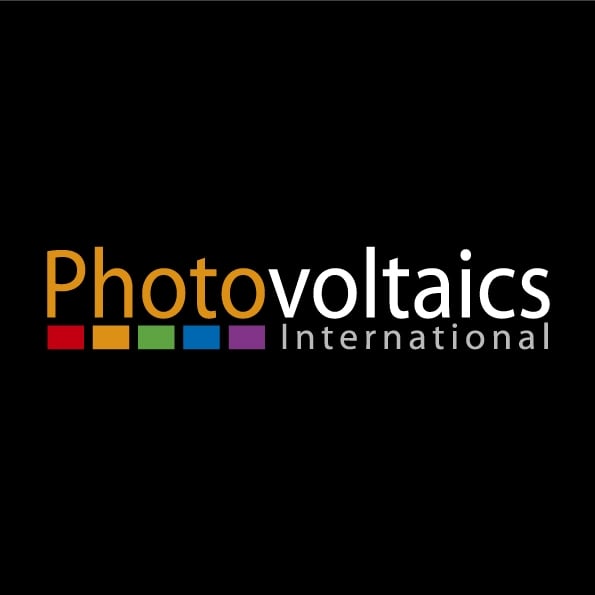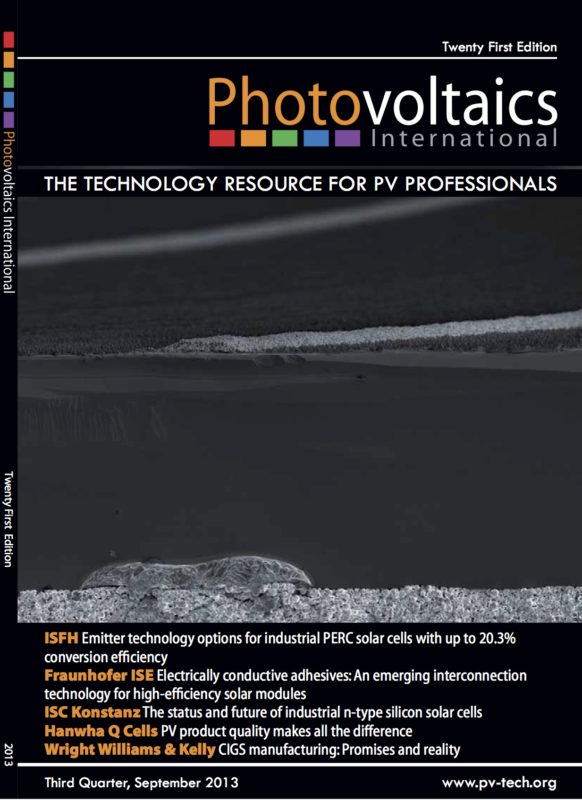By Thorsten Dullweber, R&D Group Leader, Institute for Solar Energy Research Hamelin (ISFH); Rolf Brendel, Scientific Director, Institute for Solar Energy Research Hamelin (ISFH); Helge Hannebauer, Institute for Solar Energy Research Hamelin (ISFH); Christopher Kranz, R&D Group, Institute for Solar Energy Research Hamelin (ISFH); Rene Hesse, R&D Engineer, Institute for Solar Energy Research Hamelin (ISFH); Chris Dubé, Applied Materials, Varian Semiconductor Equipmen; Franck Delahaye, Product Manager, Solar Division, RENA GmbH; Ingo Kohler, Head of R&D and Technical Marketing of Structuring Solutions, Merck KGaA; Katrin Weise, R&D Department, RENA GmbH; Oliver Doll, Head of R&D Labs of Structuring Solutions, Merck KGaA,; Sabrina Wyczanowski, Institute for Solar Energy Research Hamelin (ISFH); Vikram Bhosle, Applied Materials, Varian Semiconductor Equipmen
Passivated emitter and rear cells (PERC) are considered to be a next generation of industrial solar cells, and several companies have already started pilot production. The much-reduced rear-surface recombination in PERC cells requires improvements to the front side, for example the emitter, in order to further increase the conversion efficiency in the future. This paper presents an evaluation of the emitter technologies of three industrially applicable PERC cell concepts: 1) with an ion-implanted emitter, 2) with a chemically polished rear surface, and 3) with a selective emitter formed by gas phase etch-back (GEB). The results are compared with a reference high-efficiency POCl3-diffused PERC cell. The three industrial PERC concepts utilize lean industrially applicable process flows which reduce the phosphorus concentration at the wafer surface.
Accordingly, when compared with the POCl3-diffused emitter, the ion-implanted and GEB emitters obtain significantly lower emitter saturation current densities of 40 to 60fA/cm2 for emitter sheet resistances of 90 to 130Ω/sq. When applied to large-area PERC cells with screen-printed metal contacts, the ion-implanted and GEB emitter cells demonstrate up to 10mV higher open-circuit voltages than the POCl3-diffused reference PERC cell, and achieve conversion efficiencies of 20.0 and 20.3%, respectively. The next steps in further increasing the efficiency are outlined.



